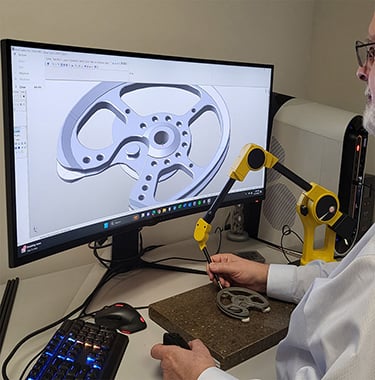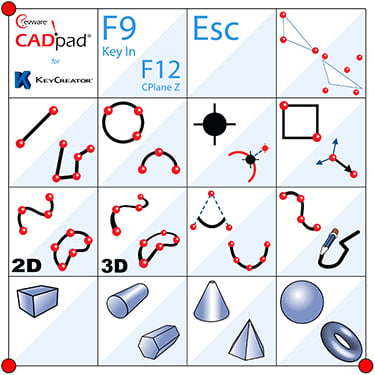 SANTA ROSA, CA, Apr 19, 2024 – Keysight Technologies, Inc. introduces RFPro Circuit, a next-generation radio frequency (RF) simulation tool targeting the complex, multi-physics requirements of today’s RF integrated circuit (RFIC) designers. Wireless, automotive, and satellite designers can now deliver robust designs that overcome performance challenges in dense 3D packaging, taking advantage of interoperability and automation to form complex workflows.
SANTA ROSA, CA, Apr 19, 2024 – Keysight Technologies, Inc. introduces RFPro Circuit, a next-generation radio frequency (RF) simulation tool targeting the complex, multi-physics requirements of today’s RF integrated circuit (RFIC) designers. Wireless, automotive, and satellite designers can now deliver robust designs that overcome performance challenges in dense 3D packaging, taking advantage of interoperability and automation to form complex workflows.

Keysight’s new W5600E RFPro Circuit provides advanced, multi-physics simulation support for today’s RFIC designers working in Cadence Virtuoso and Synopsys Custom Compiler.
Keysight’s W5600E RFPro Circuit features a new modular architecture that ensures a consistent, streamlined environment for multi-physics co-design across Cadence, Synopsys, and Keysight electronic design automation (EDA) platforms. Optional electromagnetic (EM) and electro-thermal simulators also plug into this new environment, enabling faster design and troubleshooting of wireless RFICs.
Typically, RFIC designers perform sequential, single-domain verifications using expert tools, but have a difficult time identifying and troubleshooting multi-domain design issues until the end of the design process. Designers are often required to become domain experts, shouldering the overhead of setup and database manipulations for each tool. With the new RFPro Circuit simulator, these tools are more tightly integrated into highly automated and efficient workflows.
In addition to EM and electro-thermal simulators, Keysight provides RF-aware analyses for stability, system-level modulation and waveforms, and simulator settings. For example, designers can optimize a sophisticated 5G-Advanced power amplifier for error vector magnitude (EVM) while loaded with EM package parasitics. As 3D designs become denser and move into new millimeter wave frequencies, Keysight now offers a path to efficient design flows that are not only robust, but reliable enough to be used for training tomorrow’s artificial intelligence and machine learning automation in leading-edge microwave applications.
RFPro Circuit features include:
- Standard DC, AC, S-parameter, Harmonic Balance Transient, and Envelope Transient simulation modes
- High accuracy modulation analysis; Winslow stability analysis; optimization; and faster one-time netlist parsing
- Compatibility with Keysight’s extensive catalog of silicon and III-V compound semiconductor foundry process development kits (PDK). Advanced support for III-V processes, mixed hierarchies for 3D heterogeneous integration and packaging, and validation against system-level modulation.
Beyond RFPro Circuit’s numerous technical improvements, Keysight offers a flexible licensing model that gives RFIC designers greater simulation freedom and instant access to the latest features, in order to adapt to changing workflows on a daily basis. RFPro Circuit is available for immediate download for the Cadence Virtuoso and Synopsys Custom Compiler environments. Availability for the Keysight ADS environment is expected in late 2024.
Joe Civello, Director of RF/uW Products, Keysight EDA, said, “Keysight has a long and successful history providing industry-leading circuit simulation for RFIC and module designers. On top of speed and robustness, we’ve built RFPro Circuit to be the EDA industry’s most designer centric RFIC simulation tool, striving for flexibility, application orientation, and context awareness between multi-physics, high-performance compute, and integration into the major vendor workflows. Designers using RFPro Circuit can accelerate their engineering cycles and shift left more of their verification effort from physical into virtual prototyping where it’s easier and less costly to fix problems.”
About Keysight Technologies
At Keysight, they inspire and empower innovators to bring world-changing technologies to life. As an S&P 500 company, they’re delivering market-leading design, emulation, and test solutions to help engineers develop and deploy faster, with less risk, throughout the entire product lifecycle. They’re a global innovation partner enabling customers in communications, industrial automation, aerospace and defense, automotive, semiconductor, and general electronics markets to accelerate innovation to connect and secure the world.
Learn more at www.keysight.com.










